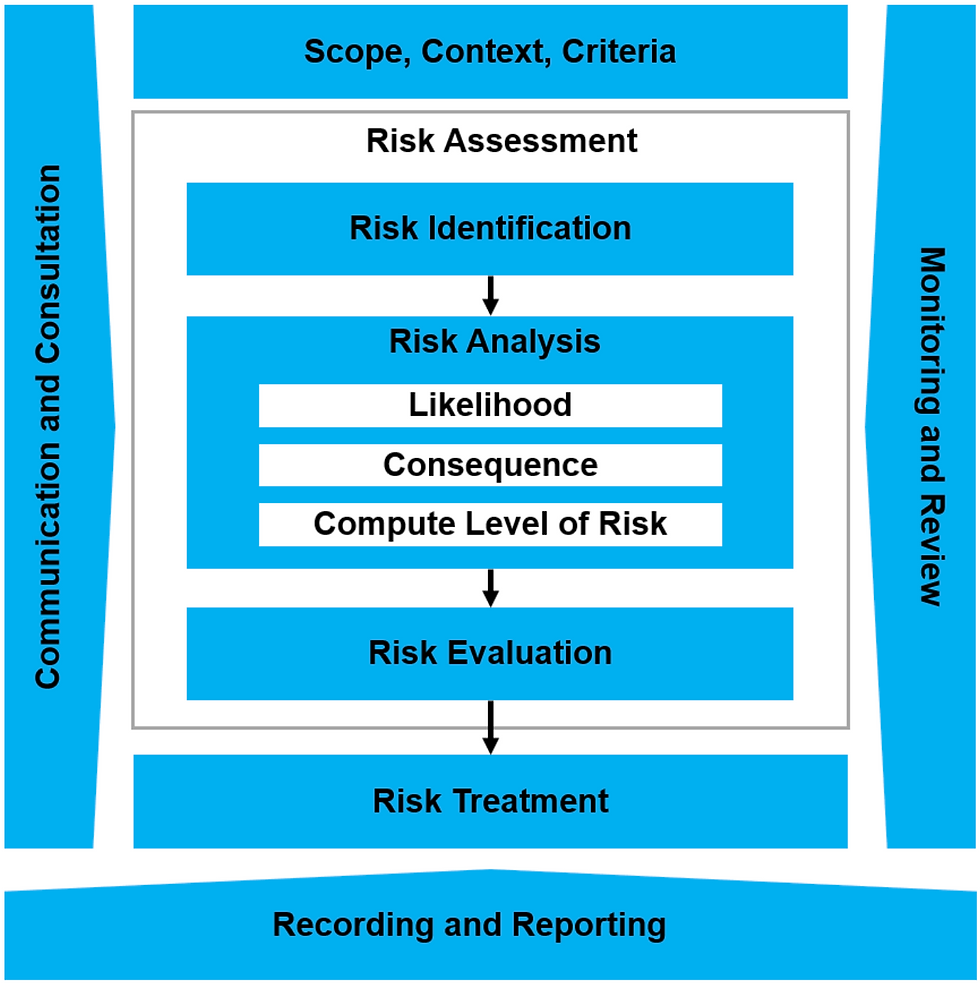Insider Threat: Don't Let Negligent Insiders Put Your Organization at Risk
- Chegan SRM

- Jan 28, 2023
- 3 min read
Updated: Oct 19, 2023
An insider threat is an individual with privileged access to an organization's physical or virtual assets who misuses that access to damage the organization. They may be current or former employees, contractors, or other persons with authorized access.

The Trojan Horse was a legendary ruse used by the Greeks during the Trojan War. The Greeks constructed a large wooden horse, filled it with soldiers, and left it outside the gates of Troy. The Trojans believed the horse to be a gift and took it into their city. At night, the hidden soldiers inside the horse opened the gates of Troy, allowing the Greek army to enter and conquer the city.
No corporation wants to believe that an employee they trust is trying to harm them. However, a study conducted by Intel found that 43% of data losses were caused by “internal actors”, and around half of these were deliberate, malicious acts. Moreover, the emergence of the Darknet, an impenetrable area of the web that requires special software to access and keep users’ identities and locations private, has made it easier than ever for aggrieved or desperate individuals to sell their employers' data, including log-in details, to lawbreakers.
Types of Insider Threats: Malicious Insider, Accidental Insider and Negligent Insider
A malicious insider is a person with legitimate access to an organization's data, systems and networks, but who uses that access to cause harm. This could be an employee, contractor, partner or other trusted user who has been given access to sensitive information or resources. Such individuals may be driven by financial gain or a desire to damage the organization, or both. This type of threat can come from both inside and outside of the organization, and can be either intentional or unintentional. Malicious insiders can be difficult to identify, as they often appear to be productive and loyal employees.
An accidental insider threat is an unintentional security risk created by an employee or other insider. Accidental insider threats can occur when an employee unknowingly or accidentally exposes sensitive organizational information to unauthorized individuals or organizations through poor security practices. Common examples include mistakenly sending information to the wrong person, downloading malware, or using weak passwords. Accidental insider threats are often seen in organizations that lack strong policies and procedures for protecting data. Such organizations may not have proper security controls in place to detect, mitigate, or prevent accidental insider threats.
Negligent insiders pose a major risk to organizations due to their access to sensitive information and the ability to bypass security controls. Negligent insiders may unintentionally or unknowingly put an organization at risk by introducing malicious software, mishandling confidential information, or failing to follow security policies and procedures. Organizations should take steps to protect themselves from negligent insiders by implementing a combination of technical, administrative, and physical security controls. These controls should include monitoring of user activity, regular employee training, and a clear policy on the acceptable use of organizational resources.
A malicious insider selling trade secrets is someone who uses their access to company data or information to gain personal financial or other benefit by selling it to a third party without permission. This type of activity is illegal and punishable by law.
If a malicious insider is sabotaging company systems, the first step should be to identify the source of the malicious behavior. This can be done by monitoring user activity and checking system logs for suspicious activity. Once the source is identified, the company should take steps to limit or restrict the user's access to the system and investigate further to determine the extent of the damage. Companies should also take steps to ensure that the system is secure and protected from future malicious activity. This can include implementing additional security measures, such as two-factor authentication and data encryption. Finally, companies should also consider implementing a comprehensive cybersecurity program that includes employee training and regular security audits.
Mitigating against malicious insiders involves a combination of physical security and cybersecurity measures. Physical security measures include access control systems, CCTV surveillance, locked cabinets and doors, and restricted areas. Cybersecurity measures include authentication and authorization systems, monitoring of user activity, and encryption of sensitive data. Organizations can also provide training and awareness programs to help employees recognize the signs of malicious insider activity. Additionally, organizations should have policies and procedures in place to respond to potential incidents and investigate any suspicious activity.
See Also:
Are you worried about the potential damage an insider threat can cause to your organization?
Insider threats can be difficult to detect and can cause significant financial, reputational, and legal damage. We can help you implement access control systems, CCTV surveillance, data encryption, two-factor authentication, and more. We also offer employee training and awareness programs to help your employees recognize the signs of malicious insider activity. Our solution is designed to help you mitigate the risk of insider threats and protect your organization from potential financial, reputational, and legal damage.
Let us help you protect your organization and keep your data safe. Contact us today to learn more.



